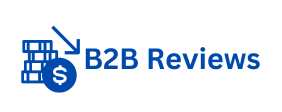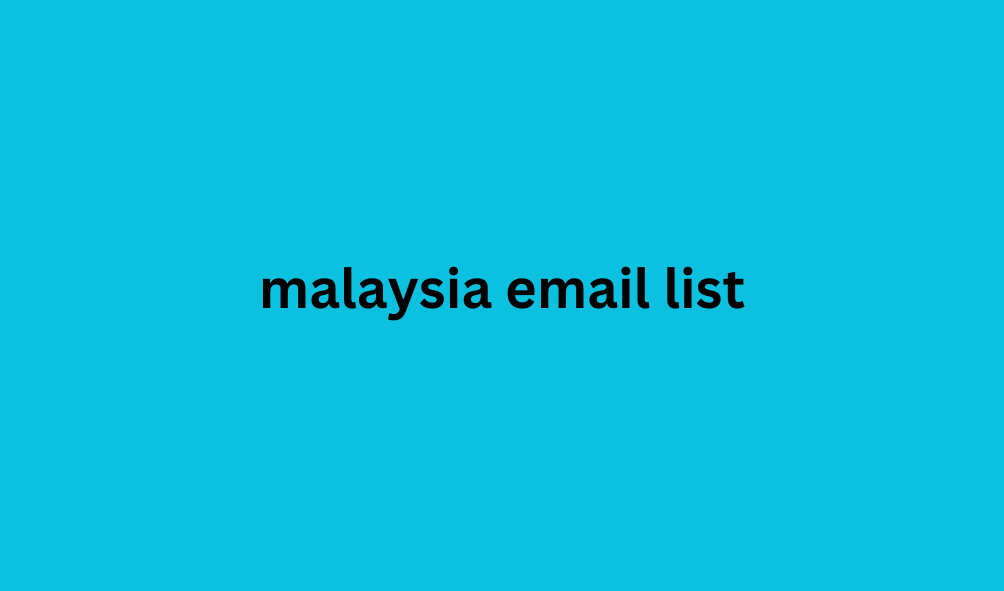In the world of digital marketing, email remains one of the most effective channels for reaching potential customers. Businesses are constantly looking for ways to maximize the impact of their email campaigns, and one strategy that often comes up is buying email databases. Purchasing email databases can help businesses quickly expand their audience reach, but it’s essential to approach this method strategically to ensure success and avoid pitfalls. This article covers how to make your marketing more effective by buying email databases, while maintaining best practices and ethical standards.
1. Understanding the Pros and Cons of Buying Email Databases
Buying email databases offers both advantages and potential drawbacks, so it’s essential to understand the trade-offs before diving in.
Benefits of Buying Email Databases
Purchasing an email database allows businesses to access a large volume of contacts in a short time, which can be especially helpful for new companies or those looking to expand into new markets. With a well-targeted database, you can quickly reach thousands of potential customers and increase brand visibility.
Additionally, buying a database can reduce the time and cost associated with organically growing an email list, allowing you to focus on delivering impactful email content rather than spending months gathering leads.
Potential Drawbacks
While buying email databases can accelerate your reach, it also comes with risks. One of the primary concerns is that purchased lists might contain outdated or inaccurate information, which can reduce engagement rates and damage sender reputation. Moreover, if the contacts on the list have not opted in to receive your messages, they might mark your emails as spam, leading to deliverability issues.
To mitigate these risks, it’s essential to choose reputable sources that offer verified databases and ensure compliance with data privacy regulations, such as GDPR.
2. Choosing a Quality Email Database Provider
To make the most of a purchased email database, the first malaysia email list step is to select a trustworthy provider. Working with a reputable company will help you obtain a high-quality list of leads that aligns with your target audience and minimizes the risk of deliverability issues.
Key Factors to
When selecting a provider, prioritize those that offer updated, segmented lists. Segmentation refers to the process of organizing contacts based on criteria such as demographics, industry, or interests. By choosing a segmented database, you can ensure that your emails are sent to individuals who are more likely to be interested in your product or service.
Inquire about the verification processes the provider uses to ensure data accuracy and compliance with data protection regulations. Reputable providers will conduct regular list cleaning and provide only contacts that have opted in for communication, reducing the risk of spam complaints and legal issues.
Avoid Low-Quality or Unverified Lists
While it may be tempting to go for the cheapest option, low-quality or unverified email lists can lead to issues like high bounce rates, spam complaints, and damage to your sender reputation. Invest in a quality database that is more likely to deliver positive results and a good return on investment.
3. Crafting Targeted Email Campaigns for Purchased Databases
Once you have a high-quality email database, the next step is to develop targeted, engaging email campaigns that resonate with your new audience.
Personalize Your Messages
Personalization is a crucial aspect of email marketing that can significantly increase open and click-through rates. With segmented lists, you can tailor messages based on the audience’s specific needs, preferences, or pain points. Personalization can be as simple as addressing the recipient by name, or as sophisticated as customizing the content based on their industry or previous interactions with your brand.
Start with a Welcome Campaign
For any purchased list, it’s best to start the guide to internal seo linking with a welcome campaign. Introduce your brand, explain what you offer, and set expectations for future communications. Welcome emails establish rapport and help recipients understand why they’re receiving your messages, reducing the likelihood that they’ll mark your emails as spam.
Focus on Valuable Content
Sending valuable and relevant content will help establish your brand’s credibility and encourage recipients to engage with your emails. Consider sharing product updates, exclusive offers, or useful industry insights. Avoid overly promotional content and instead focus on building trust and offering value to your audience.
4. Ensuring Compliance and Best Practices
Email marketing is subject to numerous bgb directory regulations, and non-compliance can lead to severe penalties. Ensuring that your email campaigns align with data privacy laws is crucial, especially when working with purchased email databases.
Adhere to GDPR and CAN-SPAM Regulations
The GDPR (General Data Protection Regulation) in the EU and the CAN-SPAM Act in the U.S. set strict guidelines for email marketing. These regulations require businesses to obtain consent from individuals before sending marketing emails, provide a clear unsubscribe option, and avoid misleading subject lines or content. Before purchasing an email database, verify that it complies with these regulations to avoid fines and protect your brand’s reputation.
Implement List Cleaning Practices
Regularly clean your email list to remove inactive, unengaged, or invalid addresses. List cleaning helps maintain deliverability and keeps your sender reputation intact. Many email marketing platforms provide list-cleaning tools, allowing you to identify and remove contacts who have not engaged with your emails over time.
Monitor and Analyze Campaign Performance
To make the most of your purchased email database, monitor your campaign’s performance and make adjustments based on the results. Track open rates, click-through rates, and conversion rates to identify what resonates with your audience. Use this data to refine your messaging, targeting, and content strategy.
Conclusion
Buying an email database can be an effective way to expand your reach and increase the impact of your marketing efforts if approached carefully. By choosing a reputable provider, crafting targeted campaigns, and adhering to best practices, businesses can leverage purchased email lists to achieve meaningful engagement and conversions. While it may not be a fit for every business, buying email databases can be a valuable strategy for those looking to grow quickly and efficiently, provided they do so ethically and with a commitment to delivering value to their audience.







